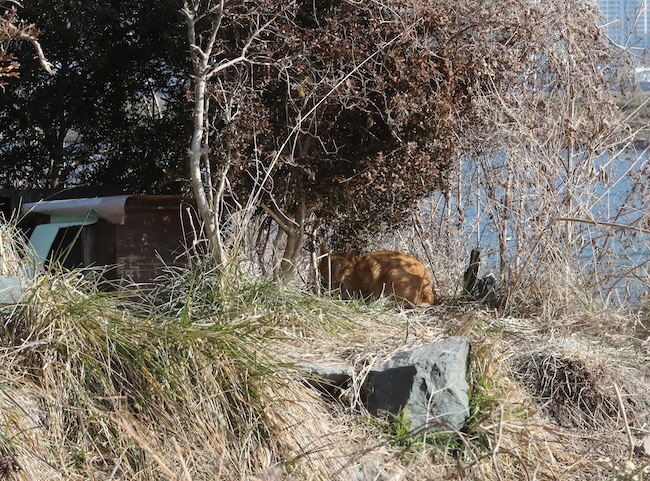SEOUL, Apr. 3 (Korea Bizwire) – In a recent decision that has sparked debate among conservationists and animal welfare advocates, a request to establish feeding stations for stray cats at Eulsukdo, a vital habitat for migratory birds along the Nakdong River estuary, has been denied.
The Cultural Heritage Administration’s Natural Monuments division, after a thorough review, decided against the proposal to install feeding stations for the area’s feral cat population. This decision reiterates a previous ruling from 2016 which demanded the removal of such installations, prioritizing the restoration of the site to its original state.
Experts involved in the discussions cited significant concerns about the impact of cats on the local wildlife, particularly the migratory birds that the area is known to host.
According to one specialist, the consensus was that the potential harm cats could inflict on these bird populations made it difficult to view the proposal in a positive light. This sentiment was echoed by all committee members, leading to a unanimous vote against the proposal.
Eulsukdo is renowned for its ecological richness, where the Nakdong River merges with the sea, creating an ideal stopover for tens of thousands of migratory birds annually. It’s a critical point in the birds’ migratory path, with the vast estuary between Busan and the Gimhae plains designated as a Natural Monument for its importance to avian life.
The issue of stray cats preying on birds and their eggs in Eulsukdo has led to a contentious debate. In an effort to mitigate the situation, animal welfare groups, in collaboration with local authorities, have been operating feeding stations since 2016.
However, the Cultural Heritage Administration, which oversees policies regarding cultural assets, has consistently denied permits for these stations, citing their location within a heritage protection zone.
The controversy intensified last year when residents’ complaints prompted the Cultural Heritage Administration to discover that 26 feeding stations had been operating without official permission. As a result, 15 of these, supported by the Busan city government, have already been dismantled.

Animal rights groups argue that discontinuing the feeding stations could paradoxically lead to a surge in the feral cat population, further endangering the migratory birds. (Image courtesy of Pexels/CCL)
Animal rights groups argue that discontinuing the feeding stations could paradoxically lead to a surge in the feral cat population, further endangering the migratory birds. They had applied for permission to install 16 new feeding stations, advocating for their necessity in controlling the stray cat numbers and protecting the bird populations.
In a collective statement issued in February by over 120 organizations, critics accused the Cultural Heritage Administration of unjustly stigmatizing the animals without concrete evidence of harm and focusing excessively on procedural formalities.
This latest rejection marks nearly eight years since the initial proposal, with the Cultural Heritage Administration maintaining that any unauthorized structures within protected areas must be removed in accordance with regulations.
Despite the deadline for voluntary removal passing at the end of January, the administration has recently issued a formal notice to local authorities, urging compliance with the committee’s decision and advocating for the restoration of the area’s natural state.
Lina Jang (linajang@koreabizwire.com)







